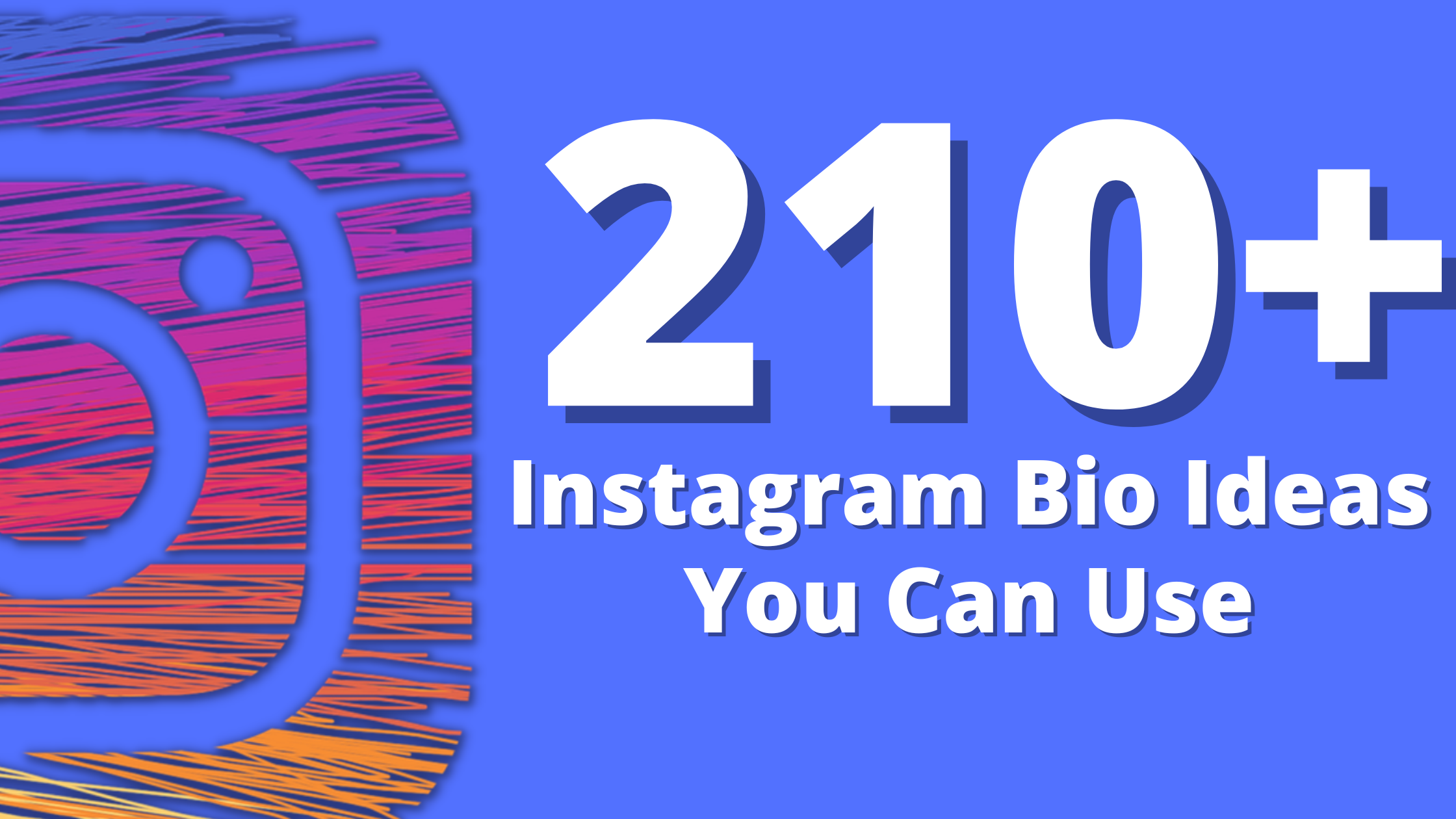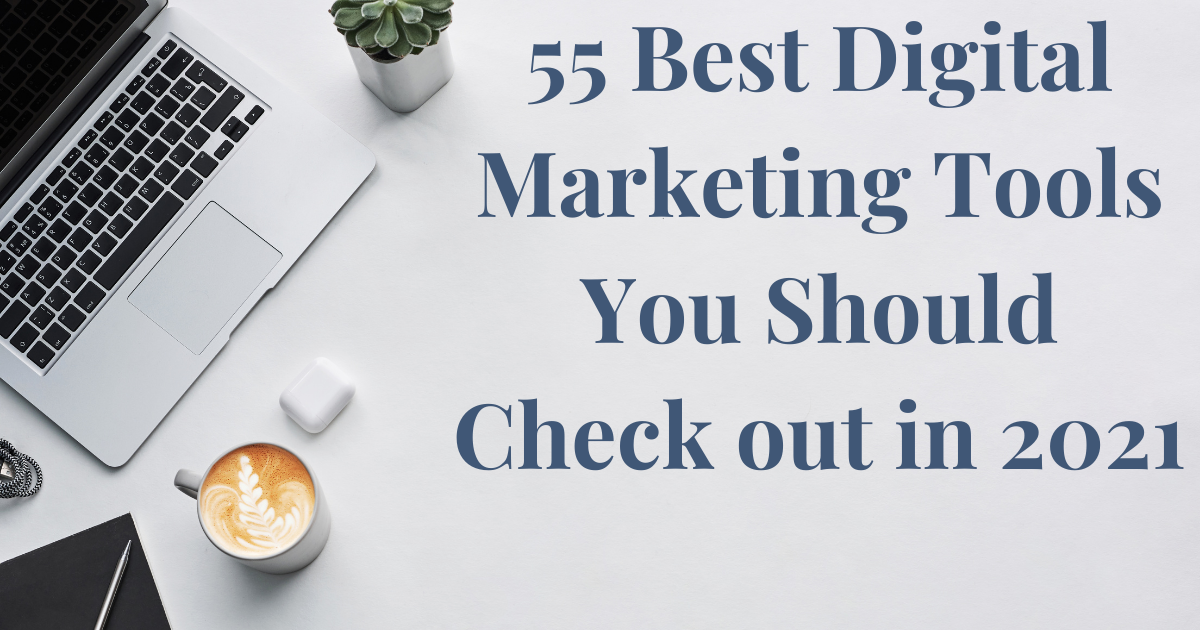Content Strategy For 2023 – What You Need To Know
You need to create content and you need to do it well. But it’s not as easy as you initially thought – where do you even start? That is what we will be discussing in this guide. Once you’ve finished reading through the article, you will know what to do and how to do it. Then, you will be able to create a content strategy that will exceed your own expectations.
We’ll get into how to kick off your content strategy and the kind of analysis you need to make. We will also discuss your target audience and the importance of a social media content scheduler.
Without further ado, let’s dive right into how to create a content strategy for 2023 and what you need to know.
First Step Of A Good Content Strategy: Do A Social Media Content Audit
If you’re creating content to be shared on the Internet, you’re going to want to use social media to create awareness. It is the focal point of digital marketing and you can’t have a content strategy without a handful of social media accounts.
Start your strategy by taking a look at where you currently stand. By analysing your social media situation, you will know where any deficiencies and strengths lie. You will have a better idea of what you will need to pay most attention to.
Which Social Media Channels Are You Using?
As a content creator and digital marketing professional, you have to know all the accounts that your brand is active on. Some accounts may have been created and abandoned – you’ll need to breathe new life into them.
Take inventory of all the brand’s social media channels and note which have been actively kept alive. Also, note which were left to collect digital spiderwebs. Find out from your higher-ups if there are any accounts that have been left stagnant.
Remember when you delete accounts that your social media has to be aimed at the right people. There’s no point in having a TikTok account if your audience is older men who enjoy golf and reading about stocks. Or is there? You need to know your target audience very well before removing or adding any new social media accounts for your brand.
Take into consideration your competition – on which channels are they the most active? That could be where your audience is hoping to find your brand (once they know who you are, of course). If you notice that your competition is doing poorly on a channel, it could be that they are doing something wrong. Or your audience just isn’t there. Do thorough research before moving forward.
Do not try to be active on every single social media platform or join new ones as soon as they pop up. It is best to be established on a few channels and to know the strengths and weaknesses of platforms before using them.
Who Will Be Creating Your Socia Media Content?
You need to have a clear idea of who will be doing what on your social media networks. That is the point of a content strategy, right?
Will you be using designers to create graphics, photographers to take high-quality images and videographers to edit proper videos? Will you have copy writers and editors? These are all important questions you need to answer as you do your social media audit.
Second Step Of A Good Content Strategy: Set Your Goals
Now that you have a more precise picture of your brand’s social media presence, you can start determining the goals. What will you be working towards?
There are two main categories that goals for your social media can be divided into – Business Goals and Social Goals.
For example, increasing brand awareness would be a business goal while increasing following on Facebook would be your social goal.
Every brand will have a unique set of goals and objectives. We can’t tell you exactly what you will need, but here are some examples of social media goals that you likely want to achieve to ensure the success of your content strategy:
Brand Awareness
We’ve mentioned this one and it is probably one of the most important goals of any good content strategy.
You will want to increase the number of followers your brand has on all its social media networks. This is the number of people that you can potentially reach. It is also important to know how many people your posts manage to reach. Then, you’ll want to know how many shares, retweets and mentions your brand’s posts get.
Traffic
To increase the success of your brand’s social media account, you need to have a lot of traffic. You need to drive people to your blog or website so they can potentially become customers. To do that, you need to direct them from your social media accounts.
Keep an eye on how many visitors are coming to your sites or blogs from your social media platforms. Do these account for a huge number of your overall traffic? How many clicks do you get on your social media posts? This will show you how engaging your content is. Which brings us to…
Brand Engagement

With social media interaction, brand loyalty and perception can be increased and made into something that benefits your brand greatly. Social media users like to share their experiences and if they’ve had a good encounter with your brand, they’ll share the news. On the other hand, they will also share any negative experiences, so be careful with how you treat your audience.
If you have good engagement on social media, you will also have a better chance at being seen on your audience’s social feeds. That’s because of how social media platforms’ algorithms work.
You can keep an eye on your engagement by looking at the shares, likes and comments that your posts get. How many people actually interact with your social media posts? The mentions and replies that you get are also important. In addition, it is important that your brand interacts with your audience. You must reply to messages and comment on important posts by your followers.
Third Step Of A Good Content Strategy: Analyse Your Competition
One of the best ways to learn is to see what your competition is doing. This is something we often suggest in our guides. However, we are not encouraging you to copy or steal ideas. Simply learn from what your competition is doing and do it better!
You should spend a lot of time researching your competition, much like a pro athlete or coach does. Review what they do and how it is working for them. Is their audience happy with their strategy?
If you want to find out who your competition is, do a search on your social media platforms using keywords related to your industry or niche. The results are the players in your field.
Get to know them. How many followers do they have? What does their engagement look like? How often do they post and on which social media networks are they active?
Use this information to adjust your own content strategy to be better and grander. Replicate (not copy) their best tactics and ideas. Improve on what they’re already doing for a fresh approach.
Fourth Step Of A Good Content Strategy: Determine Your Audience

Without knowing who you are catering to, you will have no idea of the kind of content you should be creating. Once you know your target audience, you can give them exactly what
The best way to achieve this is to build a good persona of your audience. It can be quite complicated but we’ll guide you in the right direction.
You can use your social media insight tabs to find out important and useful demographic information. In addition, you can rope in Google Analytics to look at your website or blog’s data. With Google Analytics, you can get your hands on info about age, gender, interest and more. This will be useful in creating a persona of your target audience.
Using this data, you can – for example – create job titles, ages, income levels, social status, locations, hobbies etc. for your persona. If you’re struggling, consider doing a survey. Survey Monkey is a great service to start with this approach.
Fifth Step Of A Good Content Strategy: Determine Brand Tone and Voice
By now, you should have a pretty good idea of who your target audience is. It is time to determine how you will be talking to your audience. It is a very important step and will establish how you come across on your social media accounts. Will you be funny and sarcastic or serious and sombre?
Your audience will influence the way you speak to them. What kind of language does your audience use on social media? You can learn a lot by looking at the posts shared by people in your industry. Also, look at the replies they get – how do these people talk?
We suggest that you look at your competition again. What kind of lingo do they use? Of course, you don’t want to sound like your competition. Be unique, but make sure you speak the language of your audience.
Final Step Of A Good Content Strategy: Use A Social Media Calendar
A lot goes into creating content and the timing of when you share that content is just as important. What use would it be if you shared awesome content but it goes ‘live’ when your audience is asleep or at work?
We suggest you use SocialPlanner to plan out all your content. There is more to this tool than just planning when to share a tweet or post. Using a social media calendar and scheduling tool is a fantastic way to take and maintain control of your content marketing strategy and achieve optimum results.
SocialPlanner allows your business to expand and cement its social media presence in the best way with minimal effort on your part.

Here’s some of what you can expect from this useful tool:
Discover Top-Performing Content
Finding top performing content from the web and social media is important because you’ll be able to cherry-pick the best online content directly, and use it as part of your social media marketing strategy.
SocialPlanner has powerful filters that you can use to narrow down your search to discover the most valuable content your audience would love to interact with.
You can discover the best content in a quick, easy, and efficient way, and this can boost your social media following significantly. This will ensure maximum engagement with your fans or followers. You can then post whatever content you find directly to your social media accounts or export to your desktop to use with another tool or manually.
Make a Social Media Action Plan
It is also really important to have a social media action plan that you can use to help impress potential clients, enhance your social media marketing and streamline your busy social media schedule on the fly. SocialPlanner has the tools to allow you to do this.
Users particularly love the user-friendly visual calendar that is on offer as an integral part of the content planner. Easy to use and incredibly well-organized, this drag-and-drop calendar is a must for all users looking to make the most out of their social media marketing, and get a clearer idea of their ongoing content plan for the future.
Publish Content to Multiple Social Channels
With SocialPlanner, you also have the ability to be able to publish content to multiple social media channels at the same time. It can be pretty overwhelming to have to manage a Facebook page, a Twitter profile, a LinkedIn page and an Instagram account all at the same time.
However, for your business to get the success it deserves, each of these is going to need an equal amount of care, attention, and updating. The ability to publish posts and content across multiple social platforms at the same time is a game-changer for sure.
Conclusion
We’ve given you a great set of steps that will allow you to start creating a killer content strategy for 2023. The rest is up to you. Good luck!




